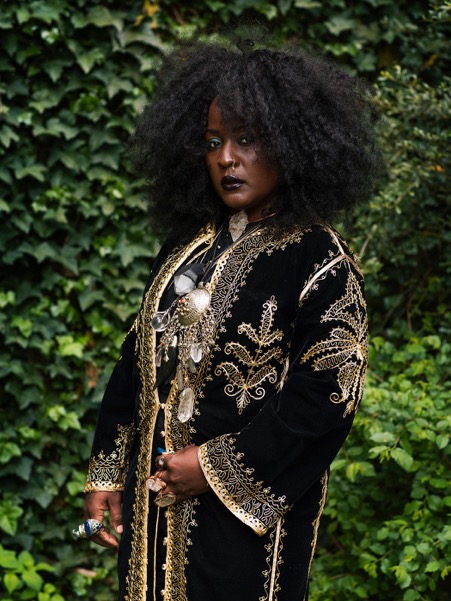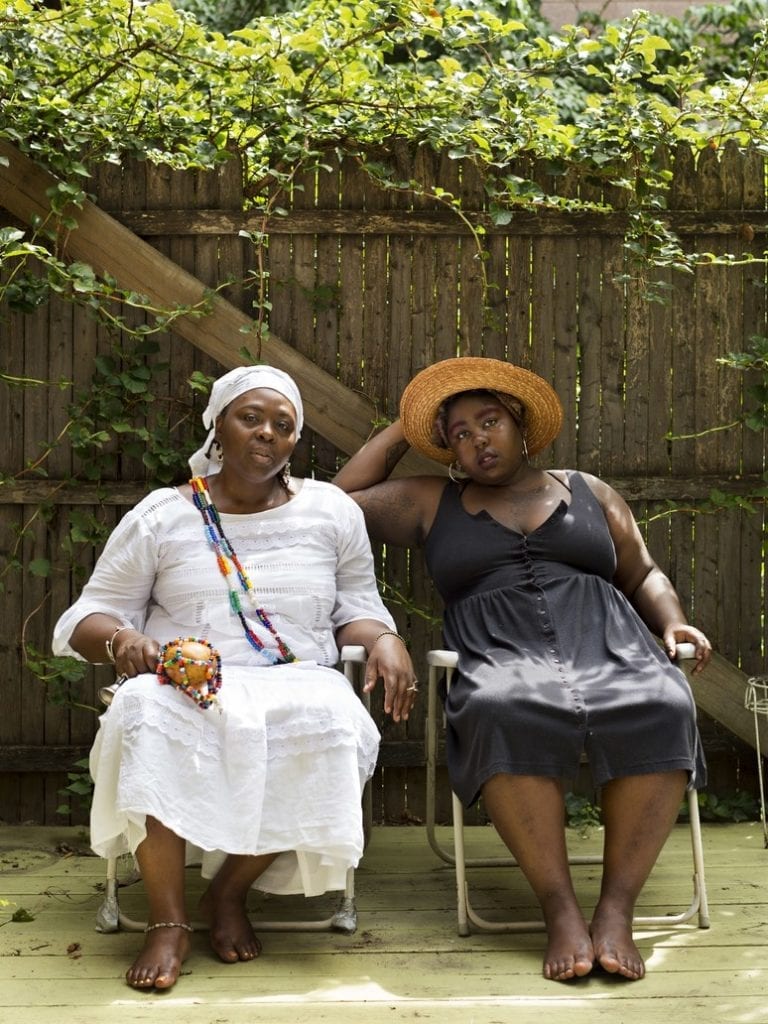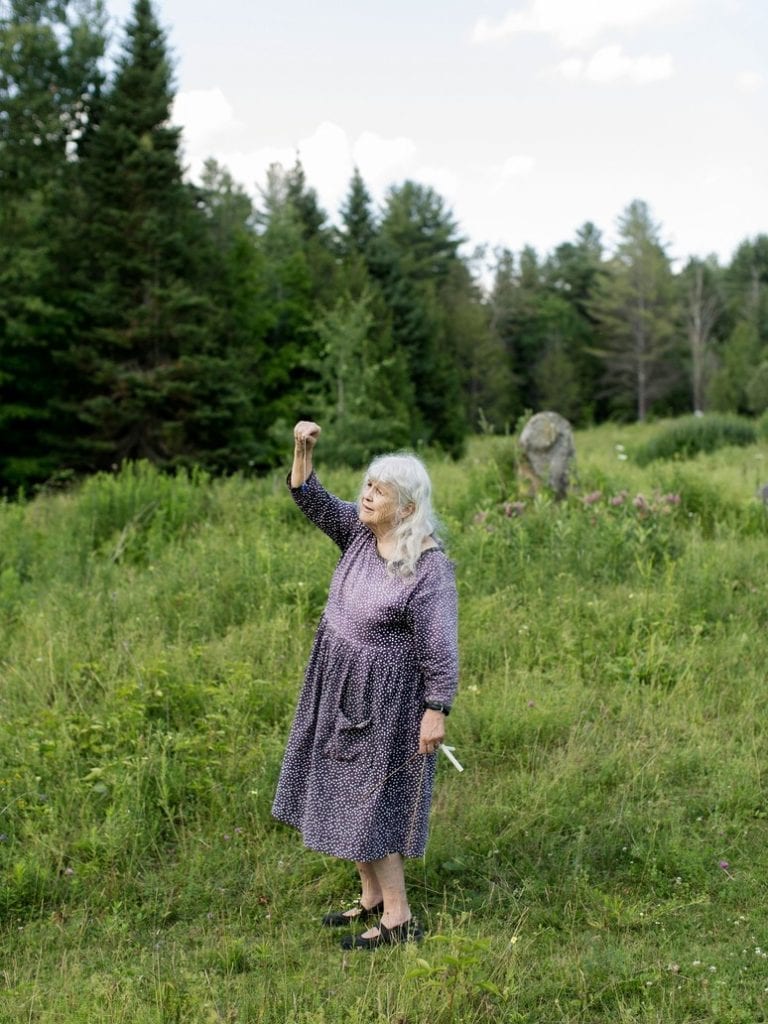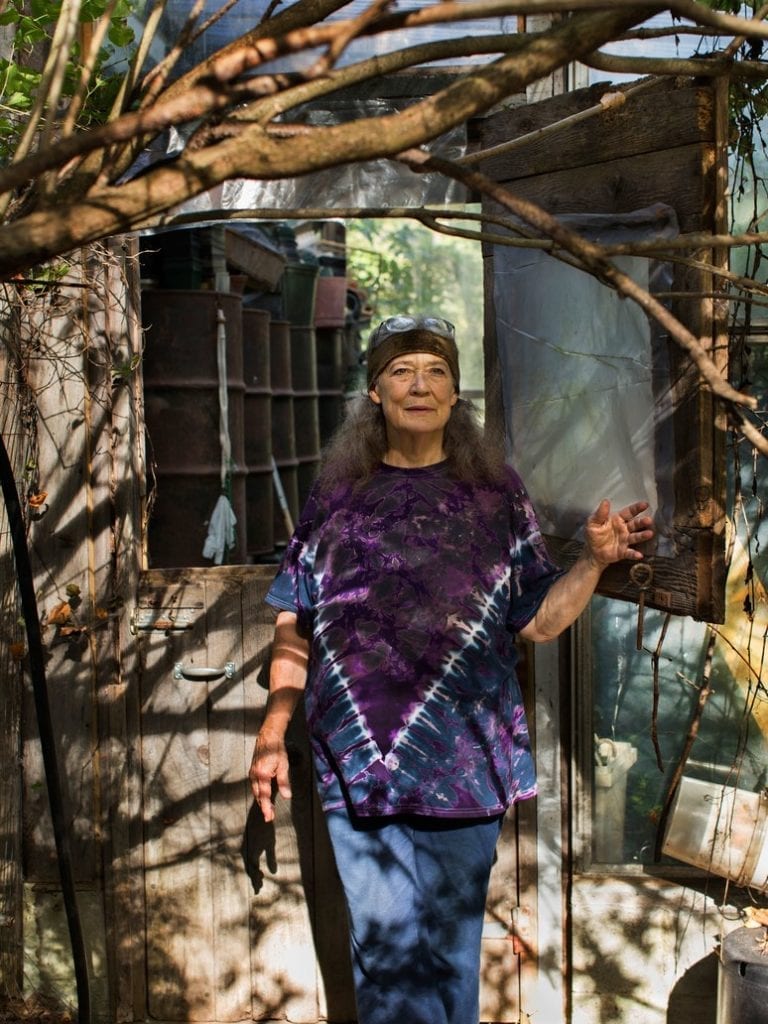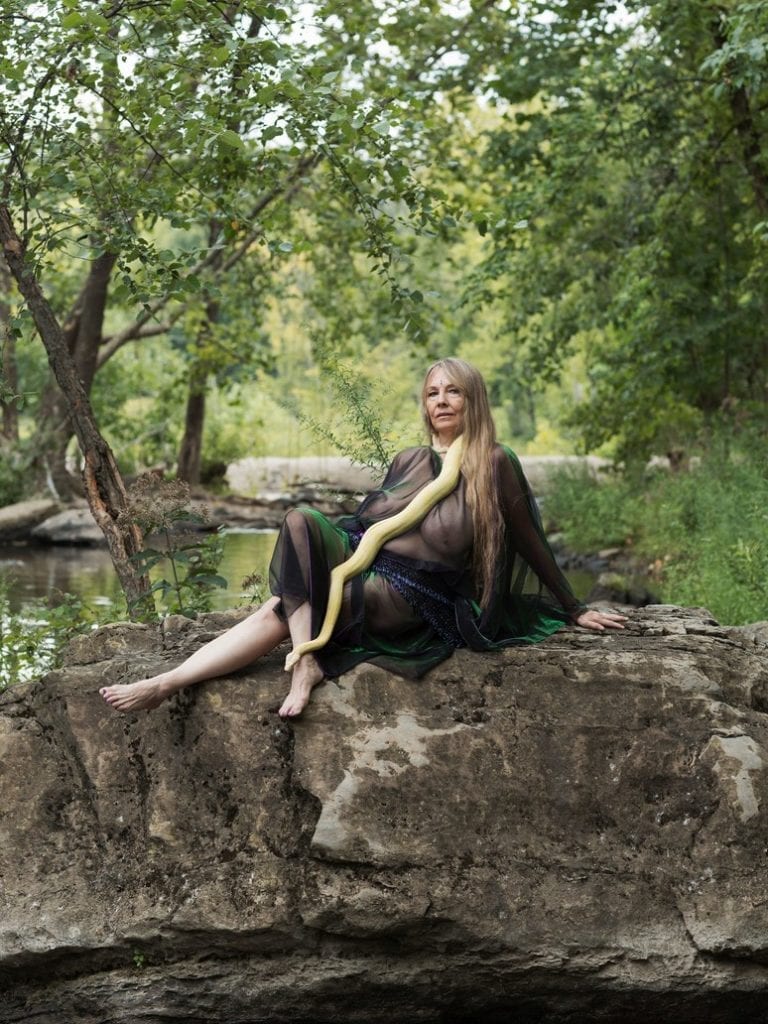Harry Potter, well, Emma Watson to be precise, has done a lot to dispel the myth that witches are all haggard old woman with warty noses and greasy hair. But still, like most of the witches that exist in popular culture today, Hermione Granger is a fiction. She’s a character in a story, a seed born in the imagination of her author, planted and grown, but still existing in a world of make-believe.
Real witches (those that survived) were forced underground during the years since the horrific trials, and resulting so many deaths that swept Europe and the US during the 17th century. This left it up to history, fairy tales, our imaginations – and a sprinkle of propaganda – to piece together what forms these wise women (and men) took.
The results haven’t been good.
The most well-known fairy tales all pen witches as the enemy.
Thanks to the Brothers Grimm, it was a wicked cannibalistic witch who lured Hansel and Gretel to her candy-covered cottage in the woods. The baby Rapunzel’s kidnapper was also a wicked, resentful witch who kept the girl locked up until early adulthood. And even the evil Queen in Snow White was described as being “knowledgeable in the dark arts of witchcraft“ – clearly enabling her to poison the apple she then fed to the unwitting Snow White.
By the 20th century, even Roald Dahl was continuing the trend, convincing the next generation (i.e. me) that modern witches also had it in for today’s kids, intending to turn us all into mice.
Under this kind of subtle, but so-very-real patriarchal conditioning, have real witches ever had a chance?
Well, perhaps the tide is turning.
Major Arcana: Witches in America
In October 2018, an exhibition by Brooklyn-based photographer Francis F. Denny opened at ClampArt, NY entitled: Major Arcana: Witches in America.
